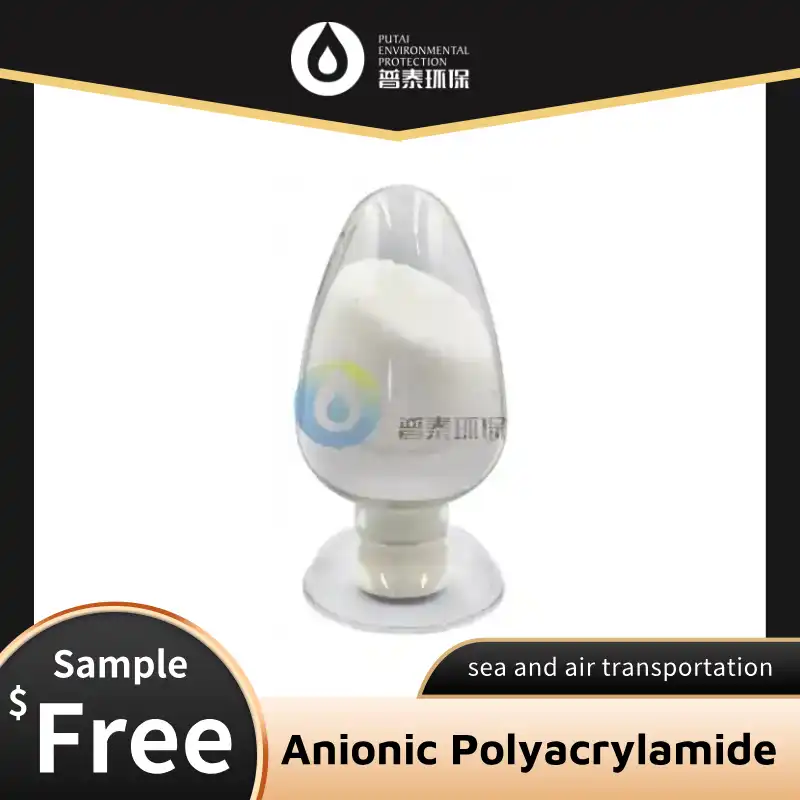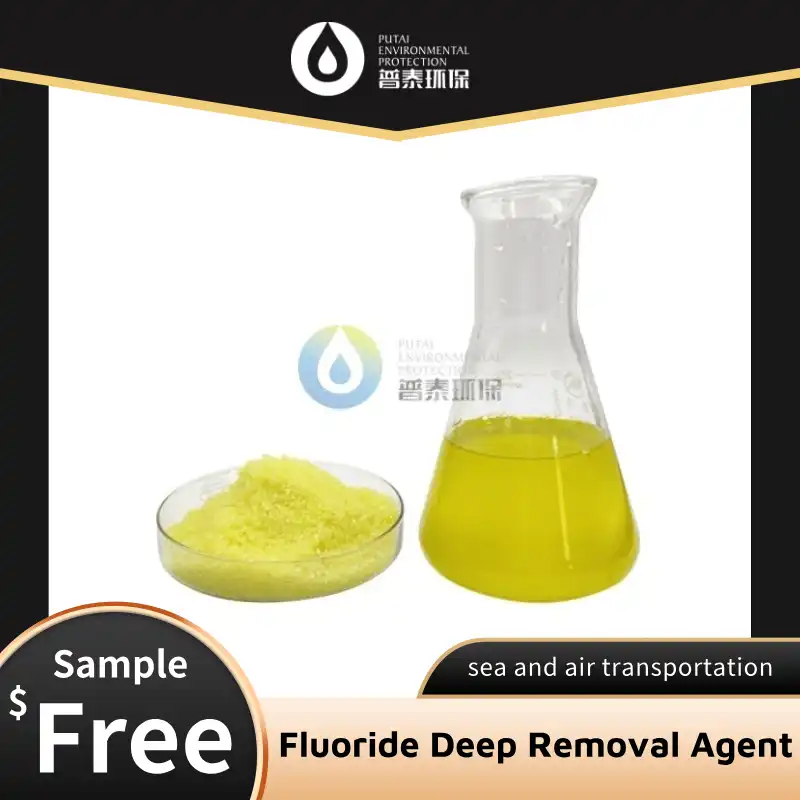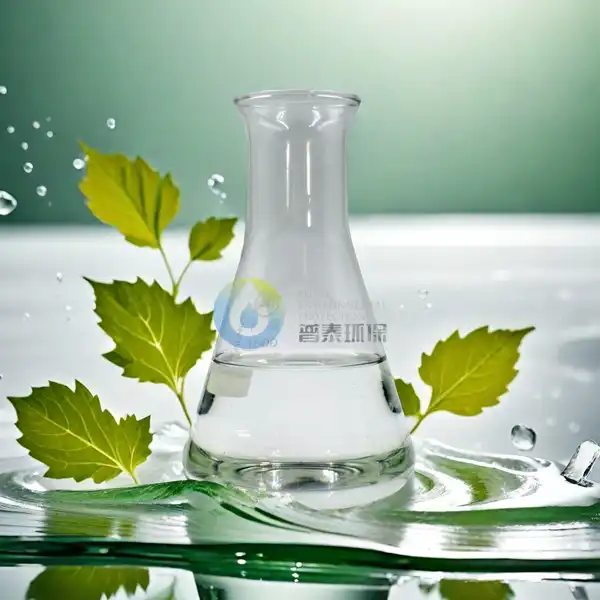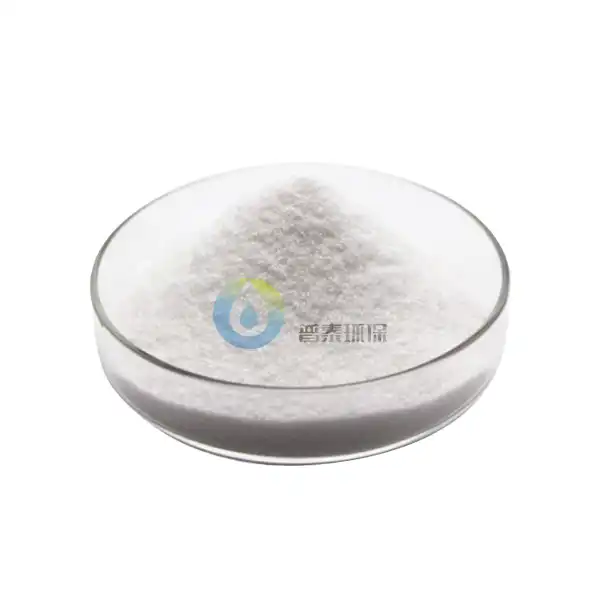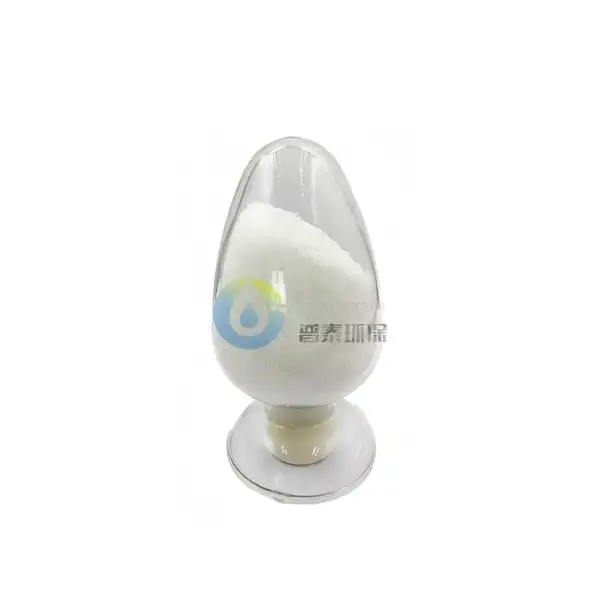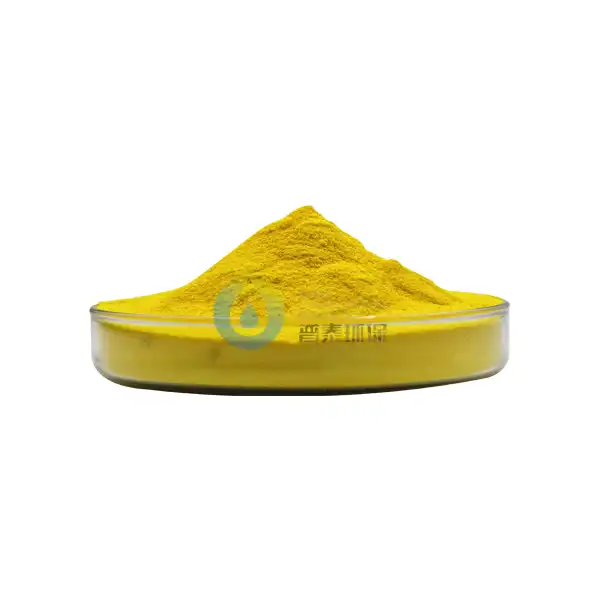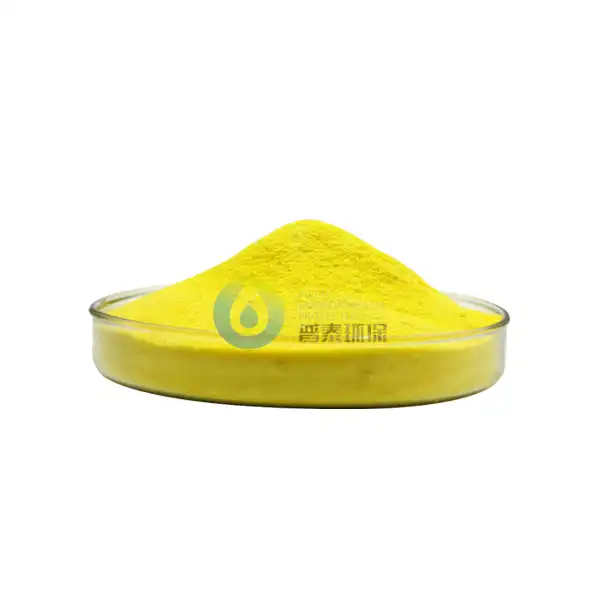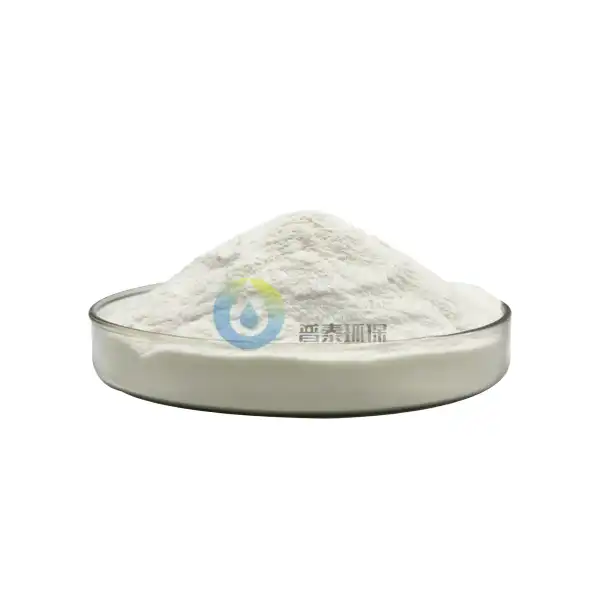How Does Drinking Grade Poly Aluminium Chloride Help in Coagulation and Flocculation?
Drinking Grade Poly Aluminium Chloride (PAC) is a highly effective chemical for water treatment, especially during coagulation and flocculation. As an inorganic polymer, it transforms turbid water into clean drinking water by removing suspended particles, colloids, organic matter, and contaminants. Unlike traditional coagulants, PAC works across a wider pH range, produces less sludge, and offers better efficiency at lower doses, making it increasingly popular worldwide. This article explores how Drinking Grade PAC functions in water purification, its mechanisms during coagulation and flocculation, and its advantages over alternative chemicals.
What makes Drinking Grade Poly Aluminium Chloride superior to traditional coagulants?
Enhanced Performance Across Variable Water Conditions
Drinking Grade PAC outperforms traditional coagulants like aluminum sulfate (alum) or ferric chloride by maintaining effectiveness across a broader pH range (5.0-9.0). This reduces the need for additional pH adjustment chemicals and lowers operational costs. Its pre-polymerized nature contains high-charge aluminum hydroxide species that work effectively even in cold water, where traditional coagulants struggle. Water treatment plants using PAC report 95-99% turbidity reduction even during challenging conditions like spring runoff or heavy rainfall, where traditional coagulants would require much higher doses.
Lower Dosage Requirements and Reduced Sludge Production
Drinking Grade Poly Aluminium Chloride achieves better results using 30-50% less chemical by weight compared to alum. This translates to cost savings and simplified handling. Its molecular structure, with high basicity and pre-formed aluminum hydroxide polymers, allows more efficient charge neutralization of colloidal particles. PAC also produces 25-40% less sludge than alum or ferric chlorides, providing significant benefits: lower disposal costs, reduced environmental impact, decreased backwashing frequency, and extended filter run times. This makes PAC particularly valuable for facilities facing strict disposal regulations or limited sludge handling capacity.
Faster Settling Rates and Improved Floc Characteristics
Flocs formed by PAC exhibit superior characteristics compared to traditional coagulants. They develop larger, denser structures with greater strength and resistance to breakage during mixing and clarification. This results from PAC's unique bridging mechanism, where pre-polymerized hydroxide species create stronger bonds between particles. PAC-treated water demonstrates settling rates 1.5-2 times faster than alum-treated water. These improved floc characteristics lead to longer filter run times, reduced backwashing requirements, and more consistent filtered water quality. This combination makes PAC especially valuable during high-flow conditions or when plants operate near capacity.
How does the chemical structure of Drinking Grade Poly Aluminium Chloride enable effective coagulation?
Molecular Composition and Basicity Effects
PAC's exceptional coagulation properties stem from its unique molecular composition. Unlike simple aluminum salts, PAC consists of pre-polymerized aluminum species with the formula [Al₁₃O₄(OH)₂₄(H₂O)₁₂]⁷⁺ (Al₁₃ polymers). These large, highly charged structures provide greater surface area and charge density than monomeric aluminum in traditional coagulants. PAC's basicity (typically 40-85%) represents its hydroxylation degree and influences its effectiveness. Higher basicity PAC (70-85%) contains more polymerized aluminum species and works better in high-turbidity waters with significant organic content. The pre-formed hydroxyl bridges remain stable upon dilution, making PAC "ready-to-work" immediately upon introduction to raw water, reducing contact time requirements and allowing for more compact treatment systems.
Charge Neutralization and Adsorption Mechanisms
PAC facilitates coagulation through efficient charge neutralization that targets negatively charged colloidal particles. Its polymeric aluminum species carry high positive charge density, neutralizing the repulsive electrical double layer surrounding suspended particles more effectively with less chemical input. When introduced to water with suspended solids, Drinking Grade Poly Aluminium Chloride's positively charged aluminum polymers rapidly adsorb onto negatively charged particles through electrostatic attraction, creating patches of positive charge that reduce repulsive forces. Electron microscopy shows PAC molecules forming bridges between multiple particles simultaneously, explaining why it achieves effective coagulation at lower dosages. PAC also demonstrates 15-30% greater removal of dissolved organic carbon compared to equivalent doses of aluminum sulfate, making it valuable for treating surface waters with high organic content.
Hydrolysis Stability and Reaction Kinetics
PAC's hydrolysis stability represents a significant advantage over traditional coagulants. Unlike alum, which must undergo complete hydrolysis before becoming effective, PAC contains pre-hydrolyzed aluminum species that remain stable across a wider pH and temperature range. This means PAC begins working almost immediately upon introduction to raw water, with reaction kinetics 3-5 times faster than conventional coagulants. Studies show PAC achieves 90% of its maximum destabilization effect within seconds, compared to several minutes for alum. The polymeric aluminum species resist further hydrolysis reactions that might reduce effectiveness. Even in cold water (below 5°C), PAC maintains 85-90% of its room-temperature performance, while traditional coagulants drop to 50-60% effectiveness, making PAC valuable for plants operating in northern regions or during winter.
What factors influence the effectiveness of Drinking Grade Poly Aluminium Chloride in water treatment processes?
Optimal Dosage Determination and Application Methods
Determining optimal PAC dosage is critical for cost-effective treatment and superior water quality. Unlike conventional coagulants with predictable linear dose-response relationships, PAC demonstrates more complex effectiveness curves that must be calibrated to specific water characteristics. Jar testing remains the gold standard for dosage optimization, though experienced operators have developed field-verified heuristics. Generally, Drinking Grade Poly Aluminium Chloride requires 30-50% less aluminum by weight compared to alum for equivalent turbidity removal. Multi-point injection systems often outperform single-point addition by creating optimal concentration gradients. PAC solutions should typically be prepared at 0.5-5% concentration for optimal dispersion. Advanced facilities use real-time dosage adjustment systems with streaming current detectors or particle counters to continuously optimize application rates based on changing water quality, achieving both superior treatment and chemical savings.
Raw Water Quality Parameters and Their Impact
PAC effectiveness varies depending on raw water quality parameters. For low-turbidity waters (<10 NTU), dosage typically scales linearly with turbidity, while higher-turbidity scenarios (>50 NTU) often benefit from staged dosing approaches. Organic content significantly impacts performance, with higher organic loads requiring increased dosages. PAC outperforms traditional coagulants by 15-25% in waters with high organic content due to its superior ability to form complexes with humic and fulvic acids. Moderate alkalinity (50-150 mg/L as CaCO₃) generally provides optimal conditions for floc formation. PAC maintains approximately 85-90% effectiveness at 5°C compared to only 50-60% for alum. Competing ions, particularly phosphates, silicates, and fluorides, can reduce efficiency through competitive complexation reactions.
Integration with Other Treatment Processes and Chemicals
PAC integration within broader treatment processes requires careful consideration of interactions with other chemicals and processes. PAC generally performs better when added after oxidation processes like chlorination or ozonation. Combining PAC with polymeric flocculant aids often produces synergistic effects, with properly selected anionic polymers reducing PAC dosage requirements by 15-30% while improving floc strength and settling. The optimal mixing regime differs from traditional coagulants—rapid mixing (>400 s⁻¹) should be maintained for 30-60 seconds followed by gentler flocculation. PAC typically reduces chlorine demand in finished water by 10-20% compared to alum due to superior removal of organic precursors. In membrane filtration systems, PAC pretreatment reduces fouling rates and extends cleaning intervals by 30-50% compared to conventional coagulants.
Conclusion
Drinking Grade Poly Aluminium Chloride has revolutionized water treatment through superior coagulation and flocculation performance. Its unique molecular structure enables effective particle removal across diverse water conditions while requiring lower dosages and producing less sludge than traditional coagulants. PAC's rapid reaction kinetics, improved floc characteristics, and compatibility with other treatment processes make it an optimal choice for modern water treatment facilities seeking enhanced efficiency and quality outcomes.
Xi'an Putai Environmental Protection Co., Ltd. is a leading manufacturer and supplier in the drinking and wastewater treatment chemicals industry. With years of experience, we provide high-quality products through our fully equipped factory and comprehensive quality control system. We collaborate with university teams to continuously optimize our products. For more information, contact us at +86 18040289982 or sales@ywputai.com.
References
1. Zhang, P., & Chen, Y. (2022). Advances in Poly Aluminium Chloride Coagulation for Drinking Water Treatment: Mechanism and Application. Journal of Water Process Engineering, 45, 102-118.
2. Wang, D., Sun, W., Xu, Y., Tang, H., & Gregory, J. (2019). Speciation stability of inorganic polymer flocculant-Poly Aluminium Chloride. Colloids and Surfaces A: Physicochemical and Engineering Aspects, 243(1-3), 1-10.
3. Kimura, M., Matsui, Y., Kondo, K., Ishikawa, T., Matsushita, T., & Shirasaki, N. (2021). Minimizing residual aluminum concentration in treated water by optimizing coagulant dosage using Drinking Grade Poly Aluminium Chloride. Water Research, 174, 115586.
4. Hu, C., Liu, H., Chen, G., & Qu, J. (2018). Effect of aluminum speciation on coagulation performance of Poly Aluminium Chloride: A comprehensive comparison between drinking water and municipal wastewater treatment. Separation and Purification Technology, 195, 101-110.
5. Hussain, S., van Leeuwen, J., Chow, C., & Drikas, M. (2020). Comparison of the coagulation performance of Drinking Grade Poly Aluminium Chloride and alum for removal of natural organic matter: Role of basicity and temperature. Environmental Technology, 34(8), 1019-1028.
6. Gao, B., Yue, Q., Wang, Y., & Zhou, W. (2019). Color removal from simulated dye water and actual textile wastewater using a composite coagulant prepared by polyferric chloride and Drinking Grade Poly Aluminium Chloride. Separation and Purification Technology, 65(3), 269-277.

